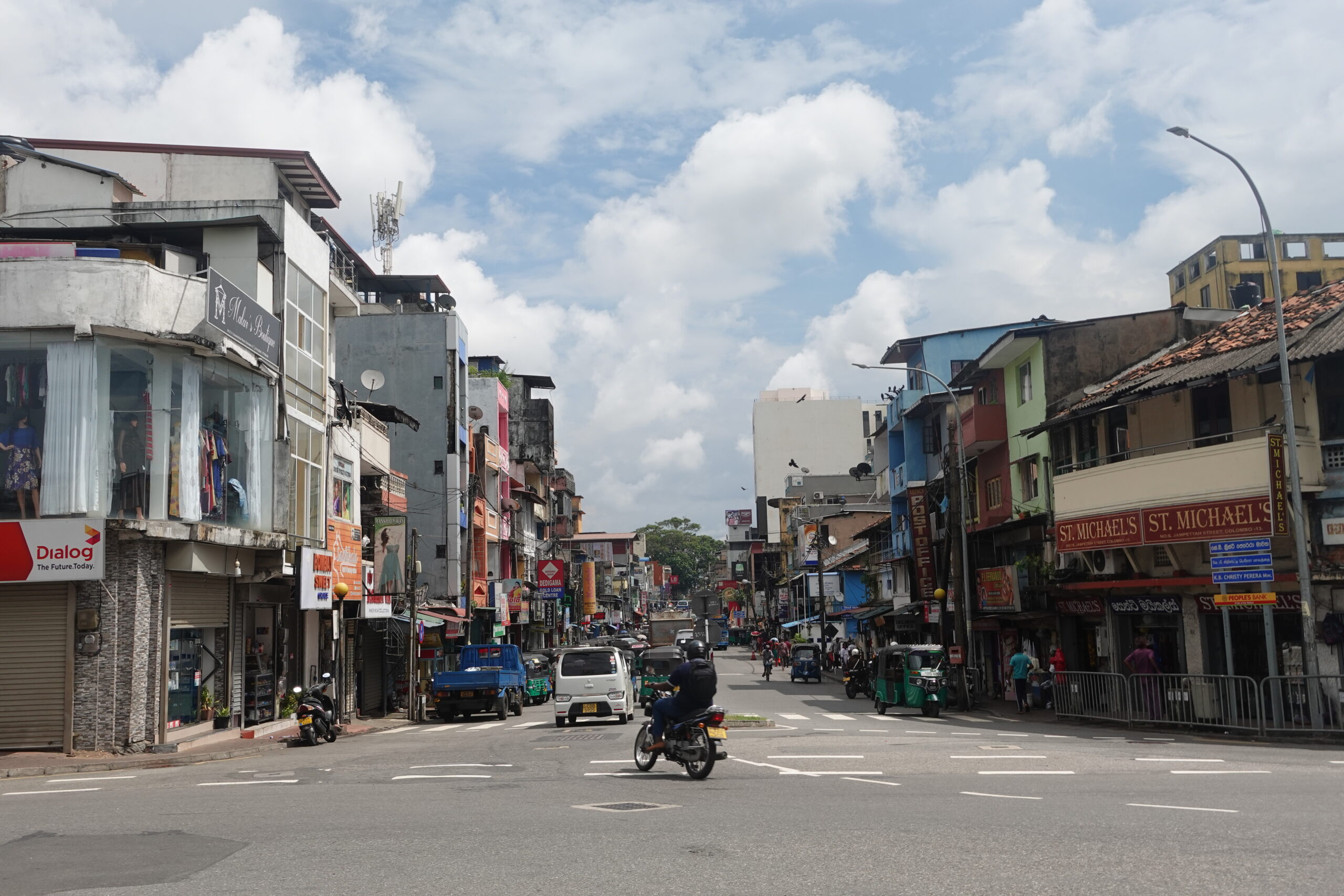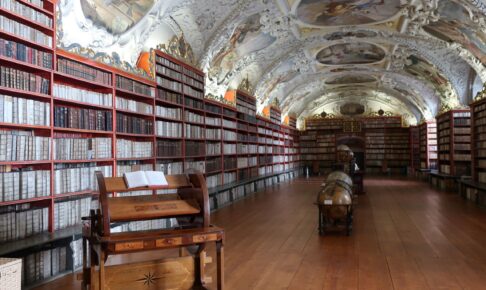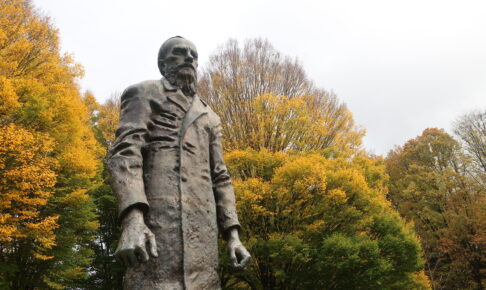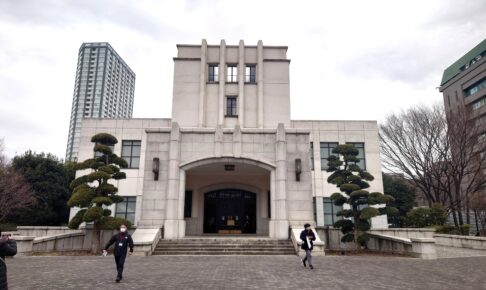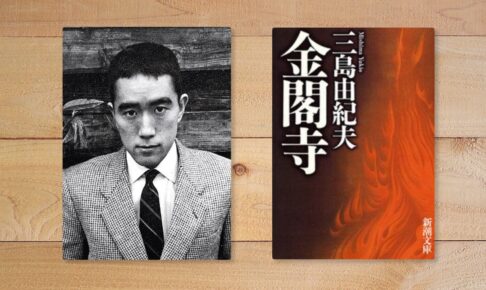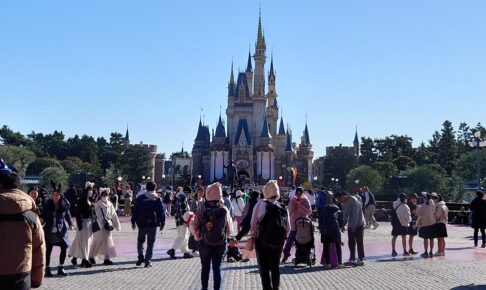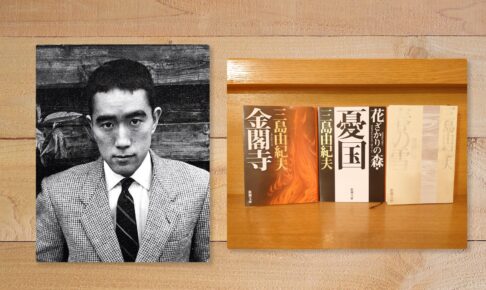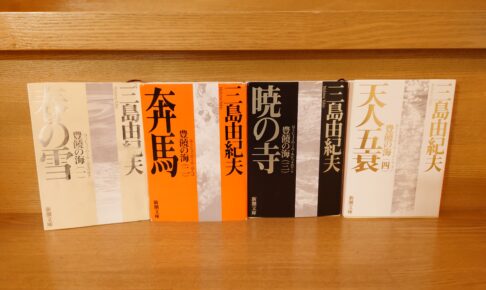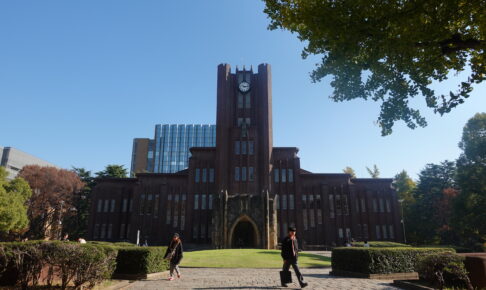Table of Contents
(32) A Brief History of Sri Lanka's Colonial Period - The Historical Background of the Emergence of the Dharmapala
Previous Article(31) Buddhism, which preaches peace, is the cause of civil war? A look at violence and religion in the northern Sri Lankan city of Jaffna."I talked a little about the Sri Lankan Civil War in The history of this civil war is a very significant part of my visit to Sri Lanka. And a major factor in the civil war was a man named Dharmapala....
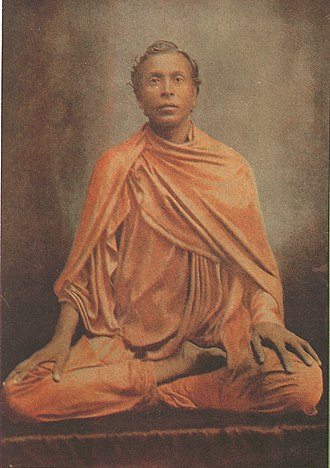
Few Japanese know of this man. In fact, however, he was also a person who had a great influence on Japanese Buddhism. I will talk about this later, but first we need to look back at the history of Sri Lanka to learn more about this man. Dharmapala did not just appear out of thin air. He came into existence because of the historical background of Sri Lanka at that time.
Therefore, in this article, I would like to talk briefly about the colonial period in Sri Lanka, which is also important for the history of Dharmapala and Sri Lankan Buddhism.
1. the end of the Anuradhapura period
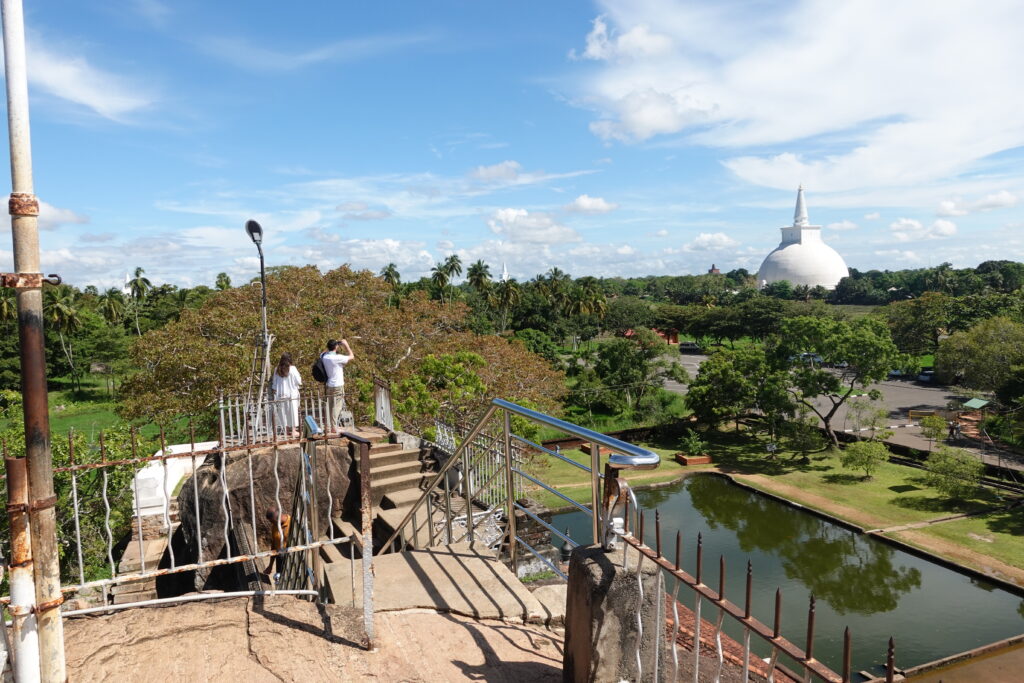
Sri Lanka's holy city of Anuradhapura existed as a royal capital from around the 5th century B.C. to the early 11th century.
However, of course, no single monarchy has always ruled Anuradhapura, and it is a fact that the Sinhalese and Tamil (Indian) dynasties have repeatedly confronted each other, weaving a complicated history. I will not go into the details of the history of Anuradhapura in this travelogue, but I would like to tell you that the royal power in Anuradhapura has also had a complicated history.
As mentioned earlier, Anuradhapura was destroyed in the early 11th century. The Chola Dynasty of South India marched into Sri Lanka and took over Anuradhapura.
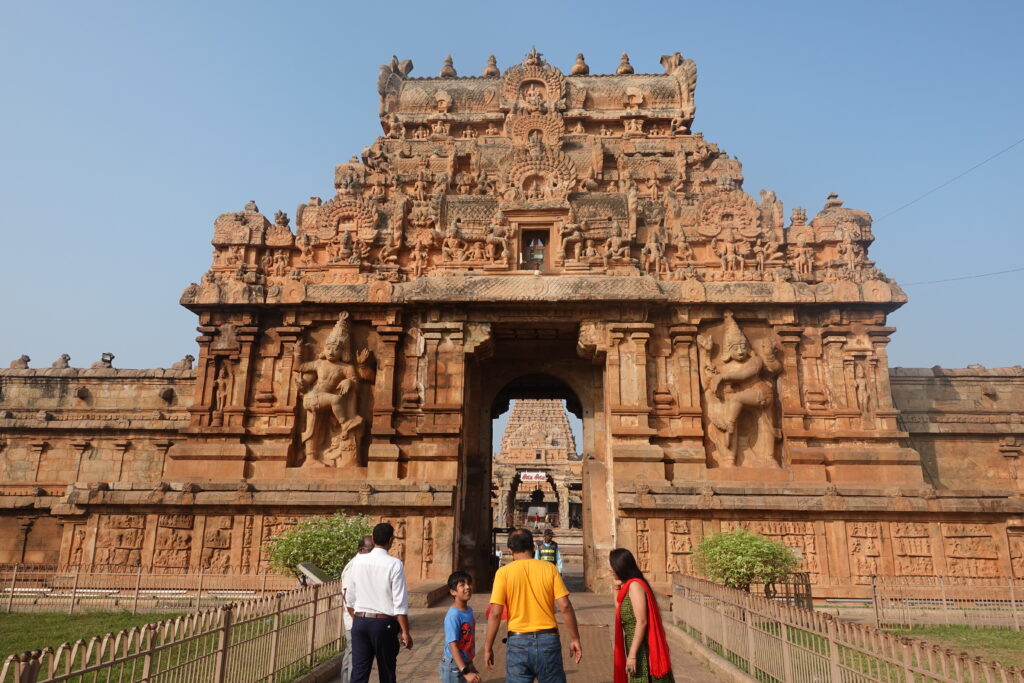
This led to the abandonment of Anuradhapura and the Sinhala kingship of Sri Lanka succumbed to the Chola dynasty.
The Chola dynasty established a base of Sri Lankan rule at Polonnaruwa, further from Anuradhapura, and ruled the area for a while, but after 1055, Vijayabahu I retook the area. The Sinhala dynasty ruled Sri Lanka again. This period is called the Polonnaruwa period.
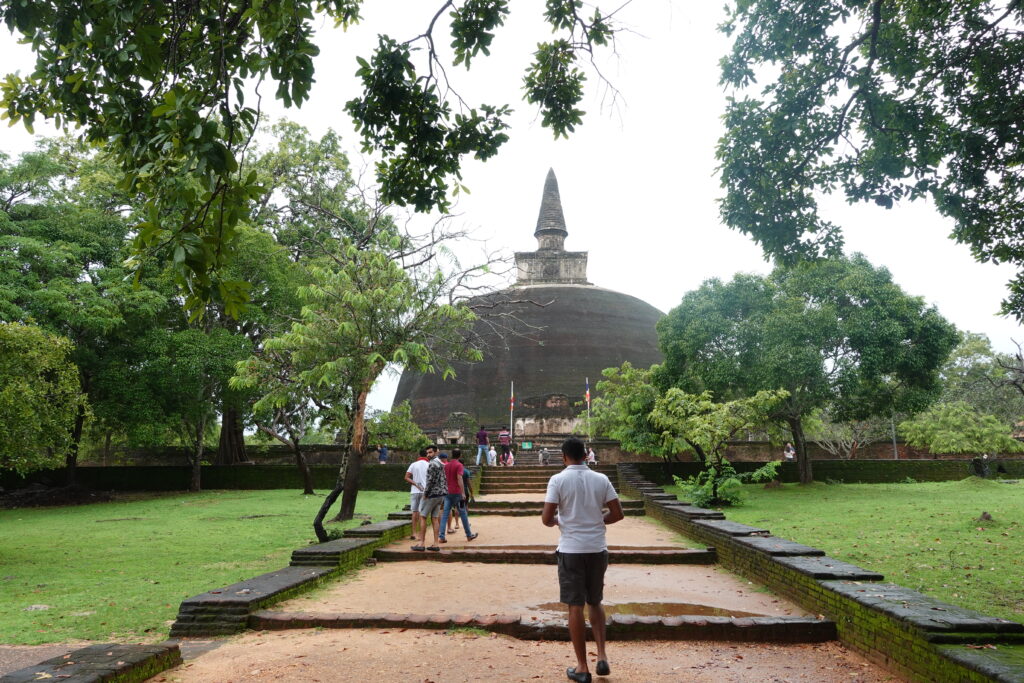
This period did not last long, however, and Polonnaruwa had to be abandoned in 1255. Since then, the area, like Anuradhapura, became a jungle and was forgotten until it was discovered by the British in the 19th century.
It is not known exactly why Polonnaruwa was abandoned. It is said that there may have been a variety of factors, including the dominance of malaria, climate change, and the inability to use the reservoirs and irrigation facilities, not to mention power struggles and weakening within the royal authority.
(25) How is the climate in Sri Lanka? I thought about the relationship between climate and religion. And a word about Japanese Buddhism."As I mentioned in the article "The Dry Zone", Anuradhapura and Polonnaruwa, which are dry zones, have very little rainfall. Therefore, reservoirs and irrigation systems were indispensable. It was because of these advanced technologies that many people were able to live in these areas. Another major reason may be that it became impossible to maintain those technologies due to the weakening of the royal power and the invasion of the Chola army. This was also the reason why almost no one wanted to live here after the abandonment of these capitals. This is not a place where people can live.
2. Portuguese Colonial Period
After the Polonnaruwa period, the Sinhala monarchy moved its capital to the southwestern part of Sri Lanka, where the Kingdom of Kotte and the Kingdom of Kandy were established. At the same time, the Tamil kingdom of Jaffna appeared in the north. These are too complicated to mention here. I hope you can understand that various countries were established in Sri Lanka.
Then, a major event in Sri Lanka's history occurred. It was the attack of European powers.
In 1505, seven years after Vasco da Gama's arrival in India in 1498, Portugal finally came to Sri Lanka.
At the time, Spain had discovered the Americas in 1492 and was trying to steer its course toward colonization, while Portugal was looking the other way, toward Asia. If America in the west was not good enough, then go to Asia in the east. This is how Portugal came to the seas of Asia.
Soon after, the Sri Lankan coast succumbed to Portugal and was colonized, beginning the period of colonial rule in Sri Lanka.
Sri Lanka and other areas of the Indian Ocean are a treasure trove of spices. This spice trade brought them enormous profits.
At the same time, this Portuguese rule spread the Roman Catholic faith to the coastal areas, and the Christian faith flourished in Sri Lanka. This is also an important point when considering Sri Lanka in the future.
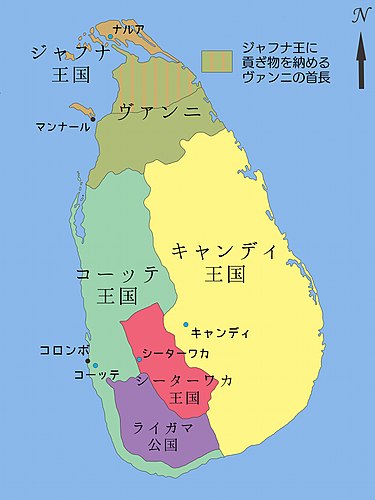
And although the coastal areas were quickly colonized, Kandy, the capital of the Kingdom of Kandy, located in the highlands of south-central Sri Lanka, remained independent because it was protected by a deep jungle.
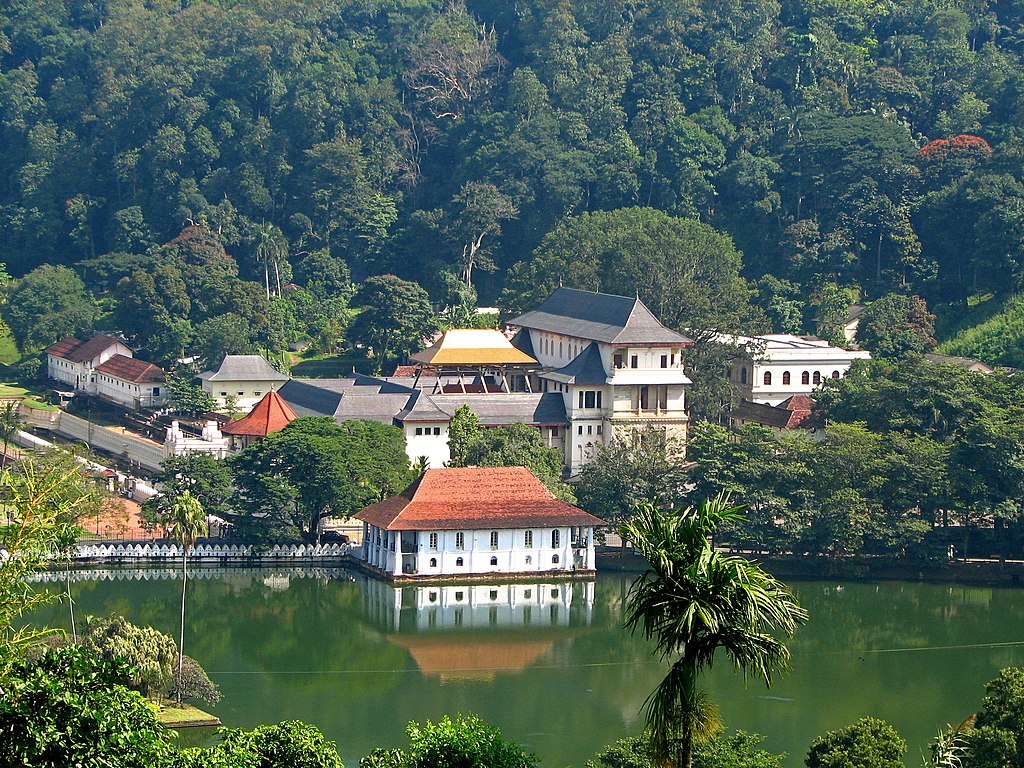
Thus, the division between the highland Sinhalese, the Kandy Kingdom people, and the lowland Sinhalese, who were under colonial rule, was born. The conflict between the Highland Sinhalese and the Lowland Sinhalese is also greatly related to the Sri Lankan Civil War and the Dharmapala, so please keep this in mind.
3. the Dutch colonial period
Portugal came to Sri Lanka in 1505.
But their hegemony was not permanent, and like Spain, whose national power was decisively in decline after its defeat by the British at the Battle of the Armada in 1588, Portugal, a maritime nation, eventually began to fall.
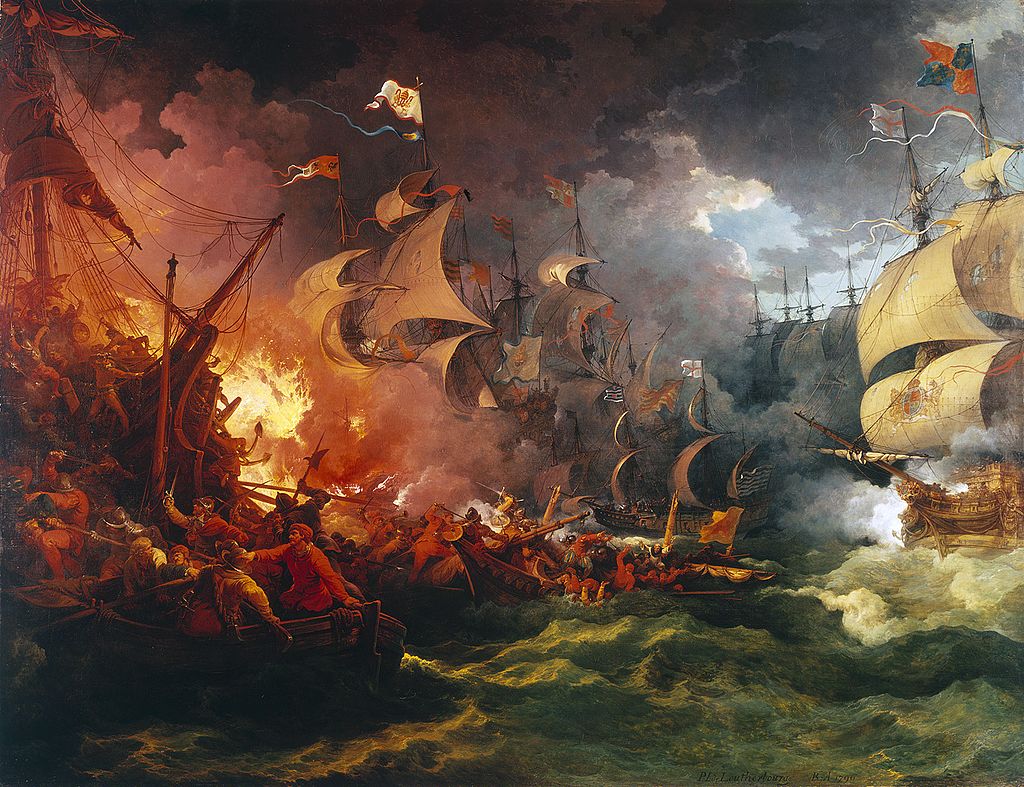
incidentallyDon Quixote."Cervantes (1547-1616), famous as the author of "The Battle of the Armada," was a tax collector at the time, and was making a living by raising money to pay for the Battle of the Armada. It was his close observation of Spain's downfall that led to the creation of this satirical work on chivalry and the downfall of Spain.
By the way, I digress. The two maritime powers that have emerged in place of Spain and Portugal are the aforementioned England and the Netherlands.
The Dutch, in particular, drove Portugal out of Sri Lanka in 1658 and became the new ruling master.
This was the heyday of the Netherlands, which had secured trade routes around the world and amassed enormous wealth. It could be said that the Netherlands was the most international country in the world at that time. This international network had a great influence on Vermeer's paintings.
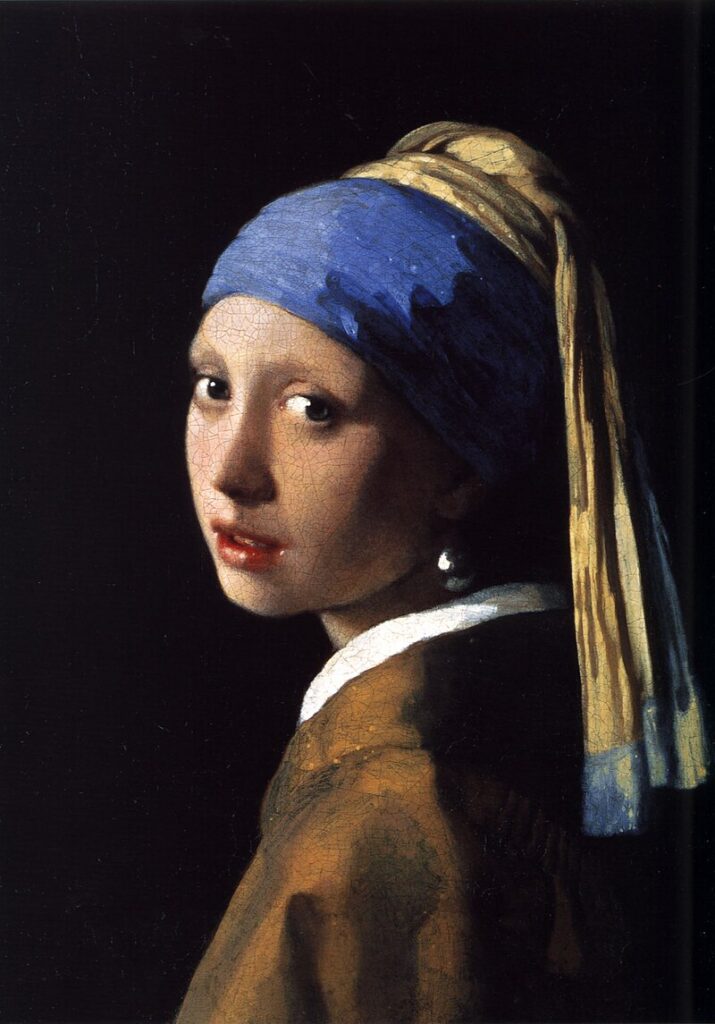
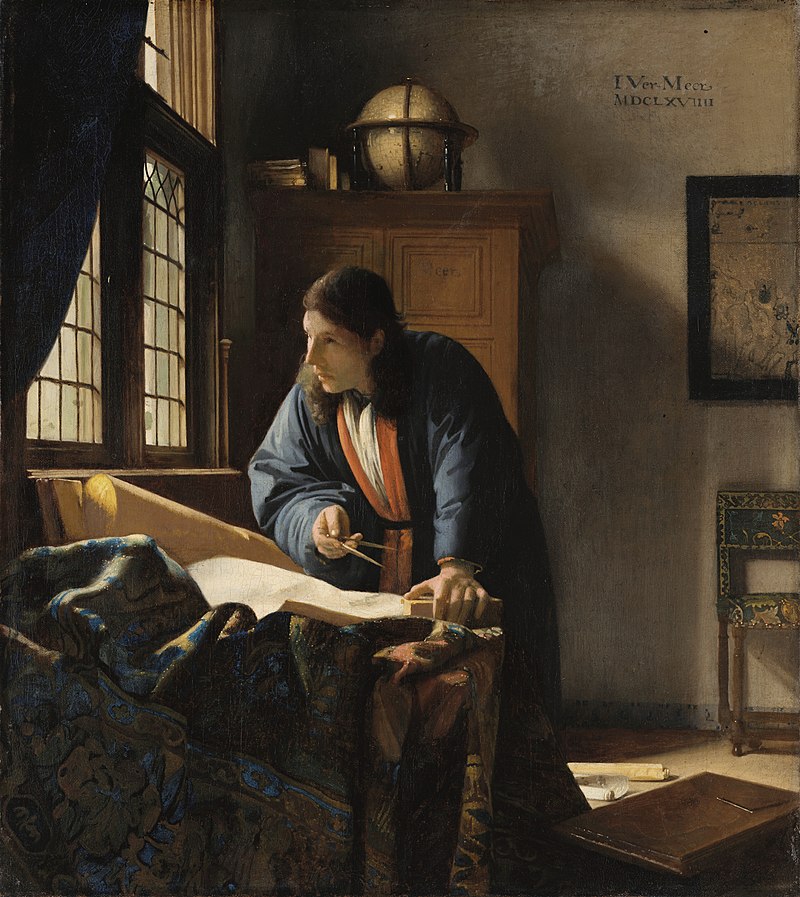
Vermeer (1632-1675) was a 17th century Dutch painter. This was right at the beginning of the Sri Lankan occupation. Vermeer is famous for the painting above, but pay particular attention to the painting "The Geographer" on the right. The globe on the shelf shows the global prosperity of the Netherlands at that time. And the blue robe worn by this scholar is said to be a Japanese robe.
The Netherlands also traded with Japan at that time. The Netherlands was the only country in Western Europe to open its doors to Japan, which had closed its doors to the rest of the world. Through the Netherlands, Japan learned about the latest technology and world affairs, and the Netherlands sent rare oriental goods to Japan. And Vermeer had access to them. Isn't this a romantic story?
If you are interested in this relationship between the Netherlands, Vermeer, and Japan, this is a good introductory book.Vermeer's life and works.I would recommend the book "The book is a good place to start. Timothy Brook for further information.Vermeer's Hat.and Hirakawa NewWarring States Japan and the Age of Exploration.is also highly recommended.
I digress again, but although the rulers were thus transferred from Portugal to the Netherlands, from the perspective of the local Sri Lankans, there were no major changes. The change of rulers did little to change the social system of the colony.
However, through such Portuguese and Dutch rule, the Christian faith became a strong force in the coastal areas, and English-speaking locals began to establish themselves as agents of the Dutch. It was also during this period that traditional Buddhism and the professional classes lost power.
And this was true not only in the coastal areas but also in Kandy in the central highlands. The power of Buddhism weakened, and in 1729, the number of ordained monks who could give precepts ceased to exist, leading to the virtual disappearance of the Order. The king, in response to this crisis, invited ordained monks from Thailand, and in 1753, the Order was finally established. This cult, known as the Siamese sect, continues to this day.
Thus, it can be said that this period of Portuguese and Dutch rule was also a time of hardship for Buddhism.
4. the period of British rule
1796. At last history is set in motion.
The British took Sri Lanka into their hands after India.
The British, having occupied the coastal areas, also conquered the Kingdom of Kandy in the Central Highlands, which neither the Portuguese nor the Dutch had been able to invade before, and in 1815 the Kingdom of Kandy was destroyed, bringing all of Sri Lanka under British rule.
Here is a quote from Toshio Shibuya's "Modern History of Sri Lanka", a recommended primer on Sri Lanka's history and civil war.
The British looked to their new dominions for development and investment. In the 1830s, coffee plantations were opened one after another in the central mountains. The labor force for these plantations was introduced by the Tamils of South India. At this time, Sinhalese, Tamil, and Muslim commercial capitalists in the lowlands also quickly began to operate coffee, cinnamon, and coconut plantations. The coffee industry, which was directly connected to the world market based in London, developed remarkably and became the backbone of the colonial economic system. Successful commercial capitalists settled in Colombo, forming a new elite class.
Sairyusha, Toshio Shibuya, "Sri Lanka Today: Shaking Conflict, Reconciling Life and Culture," P31
You may be surprised to read this passage. Sri Lanka is famous for its tea, but in fact, coffee cultivation was a major industry in the country before that. However, in the late 1860s, coffee plantations were destroyed by a rust outbreak. Tea was then cultivated as an alternative crop.
In any case, it is very important to note that a new elite class was born in the metropolis of Colombo with the beginning of British rule and a surge of new merchants. These new elites in the metropolis would change the course of Sri Lanka's history. They were also the bearers of "Sinhala Buddhist nationalism," which later led to the civil war.
It is in these times that Dharmapala is born. To know him, it is first necessary to know Sri Lanka, where the tide had turned with the British rule. A new wave of change was beginning to emerge against the traditional order.
This article is a very brief review of Sri Lanka's history.
Frankly, it is very tough to tell you the history of Sri Lanka in just this amount of time.
Toshio Shibuya for more information.A Contemporary History of Sri Lanka."and Baba NoritoshiBuddhist Orthodoxy and Heresy."Yoshio SugimotoThe Legacy of Buddhist Modernism."I would highly recommend reference books such as
Now it's time to look at Dharmapala the man himself in the next article.
*Below is an article with reference books on India and Sri Lanka that we have referenced in this travelogue. Please refer to them.
periodA list of recommended reference books to help you learn about Indian history, religion, and culture."
periodA list of recommended books for "those who want to know more about Indian Buddhism."
periodA list of recommended books to help you get to know the Buddhist country of Sri Lanka."
Next Article.
Click here to read the previous article.
Related Articles












